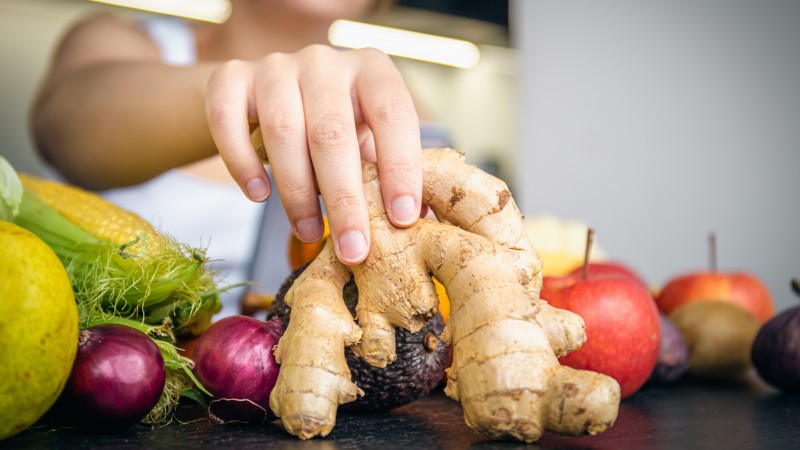Ginger: shift in demand in Myanmar
January 20, 2025 at 4:34 PM ,
Der AUDITOR

Low export demand in Myanmar
There is currently a shift in demand on the Myanmar ginger market, as FreshPlaza reports with reference to The Global. The country's export volume has fallen to such an extent that domestic consumption is now increasingly taking centre stage. Ginger in Myanmar is mainly grown in the Aungban and Kalaw regions of southern Shan State and production has increased this season, pushing prices down. According to market experts, local demand is mainly fuelled by orders from Yangon and Mandalay. At present, growers have little hope that prices will rise in the near future as this is heavily dependent on the export issue. Myanmar's most important export destinations usually include China, Thailand and India, but also Singapore and the United Arab Emirates.
Cheaper offers from neighbouring countries
Exports also declined in China in December, which is actually one of the most important export months. Ye Qiaowei from Fujian Xinxianhui Trading Co, Ltd, which is active in the domestic and international ginger trade, told FreshPlaza that ginger production has increased significantly both in China and abroad. As neighbouring countries such as Thailand, Vietnam and India offer their ginger more cheaply on the global market, competitive pressure is causing a decline in Chinese exports. Many orders from Europe and Pakistan in particular have shifted to Thailand due to the more favourable prices, and shifts can also be observed in Pakistan and the Middle East, traditionally the most important markets for Chinese markets.
Further price declines are likely
With regard to cultivation in China, Ye Qiaowei states that both acreage and yields are higher this season, by up to 50% in some cultivation areas. This means that very large quantities are available and stockists are reluctant to stock up. While the quality of ginger in the northern and southern growing regions is convincing, the situation is different in the north-east. Here, the product suitable for export to Europe is said to have fallen from 70% in previous years to just 20%. Customers are therefore reluctant to buy in these areas. Ye Qiaowei assumes that prices will continue to fall under the current conditions.
View more
- price charts





